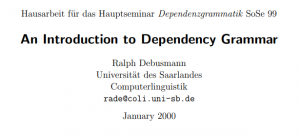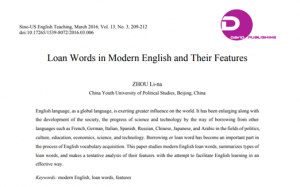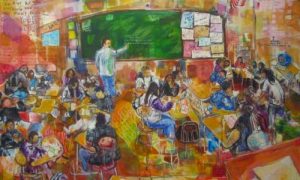PDF #39 – Peace Corps TEFL TESL Teaching English as a Foreign or Second
Teaching English as a Foreign Language- TEFL/TESL: Teaching English as a Foreign or Second Language is for Volunteers who are currently teaching or who are about to teach English. It is a practical guide for the classroom teacher.

The manual describes procedures and offers sample exercises and activities for a wide range of listening, speaking, reading, and writing skills, whole-class, small-group, and individual participation, classroom testing and preparing students for national examinations.
It covers a great variety of teaching situations, primary and secondary schools and college, the office or workplace, school and work settings which have limited facilities for instruction and those which provide ample support, any geographical or cultural setting where Peace Corps Volunteers may be found.
Teaching English as a foreign language (TEFL) refers to teaching the English language to students with different first languages, typically used to imply that the English Language Learner may have already learned more than one language, prior to learning English. TEFL can occur either within the state school system or more privately, at a language school or with a tutor.
TEFL can also take place in an English-speaking country for people who have immigrated there (either temporarily for school or work, or permanently). TEFL teachers may be native or non-native speakers of English. Other acronyms are TESL (teaching English as a second language), TESOL (Teaching English to speakers of other languages), and ESL (English as a second language, a term typically used in English-speaking countries, and more often referring to the learning than the teaching).
Students who are learning English as a second language are known as ESL (English as a second language) or EFL (English as a foreign language) students. More generally, these students are referred to as ELL (English language learner) students. Some of these terms are not in widespread use outside of the materials of providers of various programs and materials.
After reading “Teaching English as a Foreign Language” you can check important issues for ESL teachers on the section PDFs, and visit my YouTube channel.








